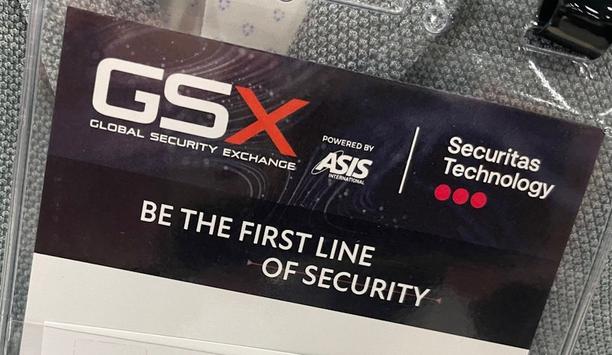We’re seeing a market trend toward manufacturers seeking to provide “total solutions” rather than components. The trend is reflected clearly in recent industry consolidation, for example. When companies that manufacture various components become part of a single corporate owner, it’s not a stretch to expect the new owners to combine those components into a single end-to-end solution – sooner or later. Manufacturers are also leveraging OEM agreements and other partnerships as a way to provide a pre-engineered, unified solution.
But Vicon Industries is swimming against the current. In fact, Eric Fullerton, Vicon’s CEO, says the trend toward consolidating products into solutions – with a single manufacturer’s platform at the core – is stalling innovation in the market. “Vendors of the future that add real value will be wholly standards-based,” he comments. It’s a new approach for Vicon.
A recent slowdown in technology development in the industry provides an opportunity for organisations to catch up with tighter standards that will prime the industry to embrace a truly open standards-based platform |
How “open” are open standards?
But when is an open platform truly open? Fullerton sees emergence of “proprietary open platforms.” He notes: “Vendors believe that they can provide greater functionality through proprietary interfaces than what’s available in the standard.” A result is systems that depend on manufacturers to update interfaces to cameras and other third-party solutions.
Fullerton contends that standards like ONVIF and PSIA should play a greater role in a truly open systems environment. A recent slowdown in technology development in the industry, he says, provides an opportunity for organisations to catch up with tighter standards that will prime the industry to embrace a truly open standards-based platform.
"Manufacturer-centric" transition
In the interest of innovation, Fullerton advocates a transition from a “manufacturer-centric” approach to a cross-functional “team ecosystem” approach to the market. Under the current “manufacturer-centric” approach, he says manufacturers put themselves at the centre of the solution and expect all the innovation – by resellers, integrators, architects and engineers (A&Es), and distributors – to evolve around them and their limited resources. Ecosystem partners depend on a single company to dictate the direction of their customers’ solutions and to shape the future of the market. Meanwhile, increased consolidation, a “total solution” approach, and other proprietary behaviour by manufacturers work against openness – and against true innovation in the market.
Vicon’s “team ecosystem approach”
In contrast, Fullerton proposes a “team ecosystem approach” that focuses all stakeholders’ resources on an “opportunity” at the centre of the process. The manufacturer (Vicon), as well as resellers, integrators, A&Es, value-added resellers and distributors work together to address the opportunity. “Team-based ecosystems are designed to help empower the contributors to our industry to take and explore future solutions,” he notes. In effect, Vicon pledges to empower other parties throughout the industry to contribute in a meaningful way to create solutions. To that end, the Vicon Developer’s Forum is open-sourcing the company’s application programming interfaces (APIs) to encourage greater openness and more integration.
As software and hardware have been decoupled in the market, and commoditisation has pushed down component prices, it’s important to empower other stakeholders in the market to add value |
As software and hardware have been decoupled in the market, and commoditisation has pushed down component prices, it’s important to empower other stakeholders in the market to add value.
“Vendors within the physical security industry need to start pushing for interoperability and utilising development resources on standards-based integrations rather than on their own proprietary integrations, or the whole industry loses,” says Fullerton. “The end goal should be to empower customers and provide standards-based solutions that are truly open.”
Discover how AI, biometrics, and analytics are transforming casino security














































